Project Overview
Saying water pollution today is like shouting out climate change in a high school discourse and getting the looks of everyone bored to their bones of this flamboyant and controversial topic. I learned to look the other way to the guy missing the bin and never bothering to pick up their wrapper and the fumes ejected from factories wherever I go.
We, as humans, are great at hiding in our daily routines, not daring to peek outside, knowing what we are to find if we do. This keeps us going and forces us to look the other way when climate change, world hunger and water pollution are on the news.
But I, as a person, feel the obligation to help make the world a better place, to help us humans grow as a collective and help heal the wounds we inflicted on our world.
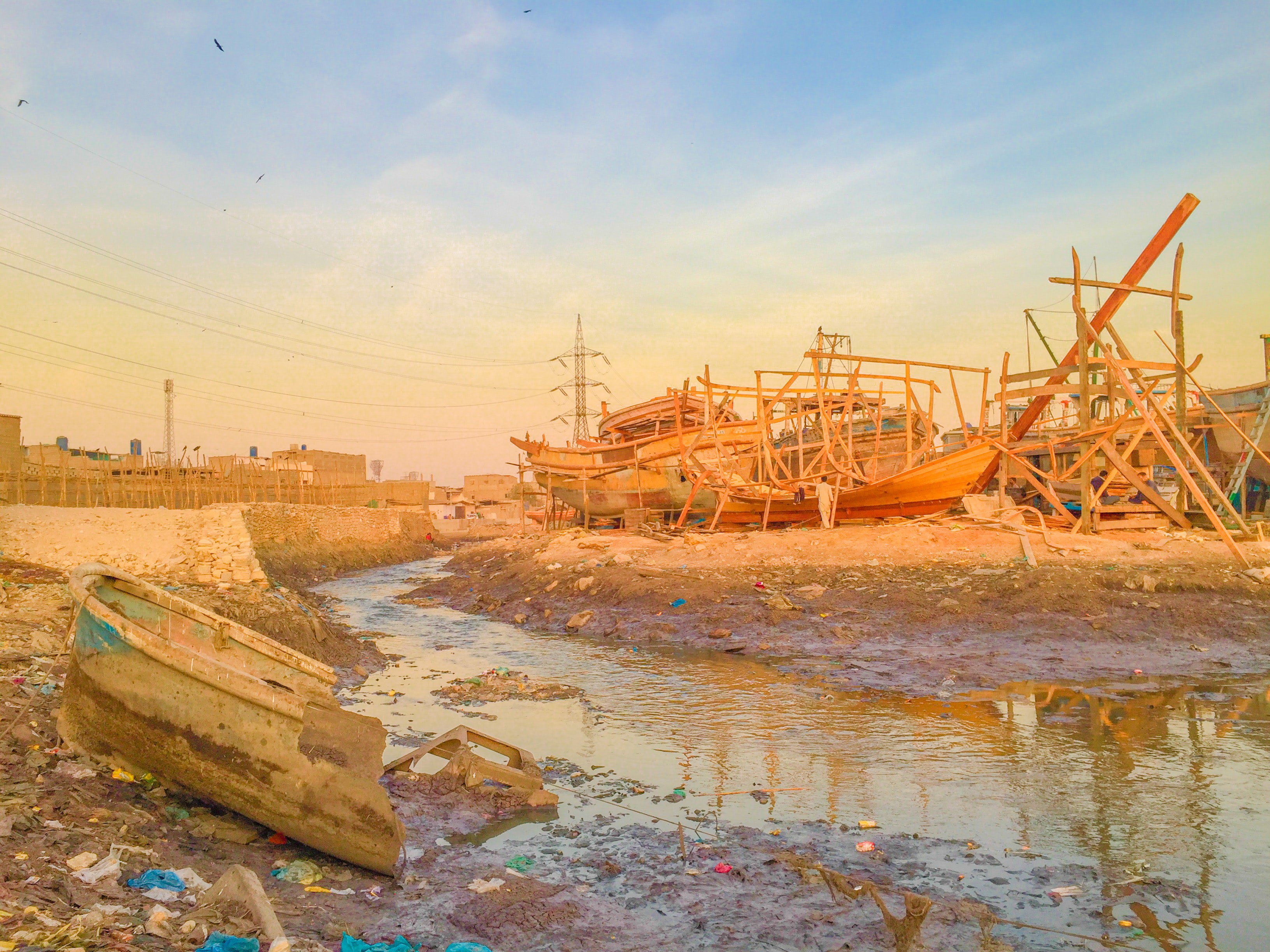
Ok, enough with the inspirational talk. Yearly, we dump over 3 million tonnes of trash into the world’s oceans – from companies dejecting their waste products to individuals blind to bins, we all contribute to this jaw-dropping number.
A staggering 80% of water pollution is directly or indirectly caused by humans, making pollution one of the greatest challenges our society has ever faced in its endless expansion.
Agricultural operations are the greatest polluter by far. As our population is growing, we need to feed more and more people. Supply cannot keep up with the demand without advances in fertilisers and antibiotics to ensure that our crops and animals can be produced at maximum capacity. The problem is that over 70% of agricultural waste ends up in oceans.
Hormones, antibiotics, salts, and other dangerous chemicals are ejected by farms daily through fertilisers, manure, and other waste products. These chemicals dramatically pollute the water and can alter or even disintegrate entire ecosystems.
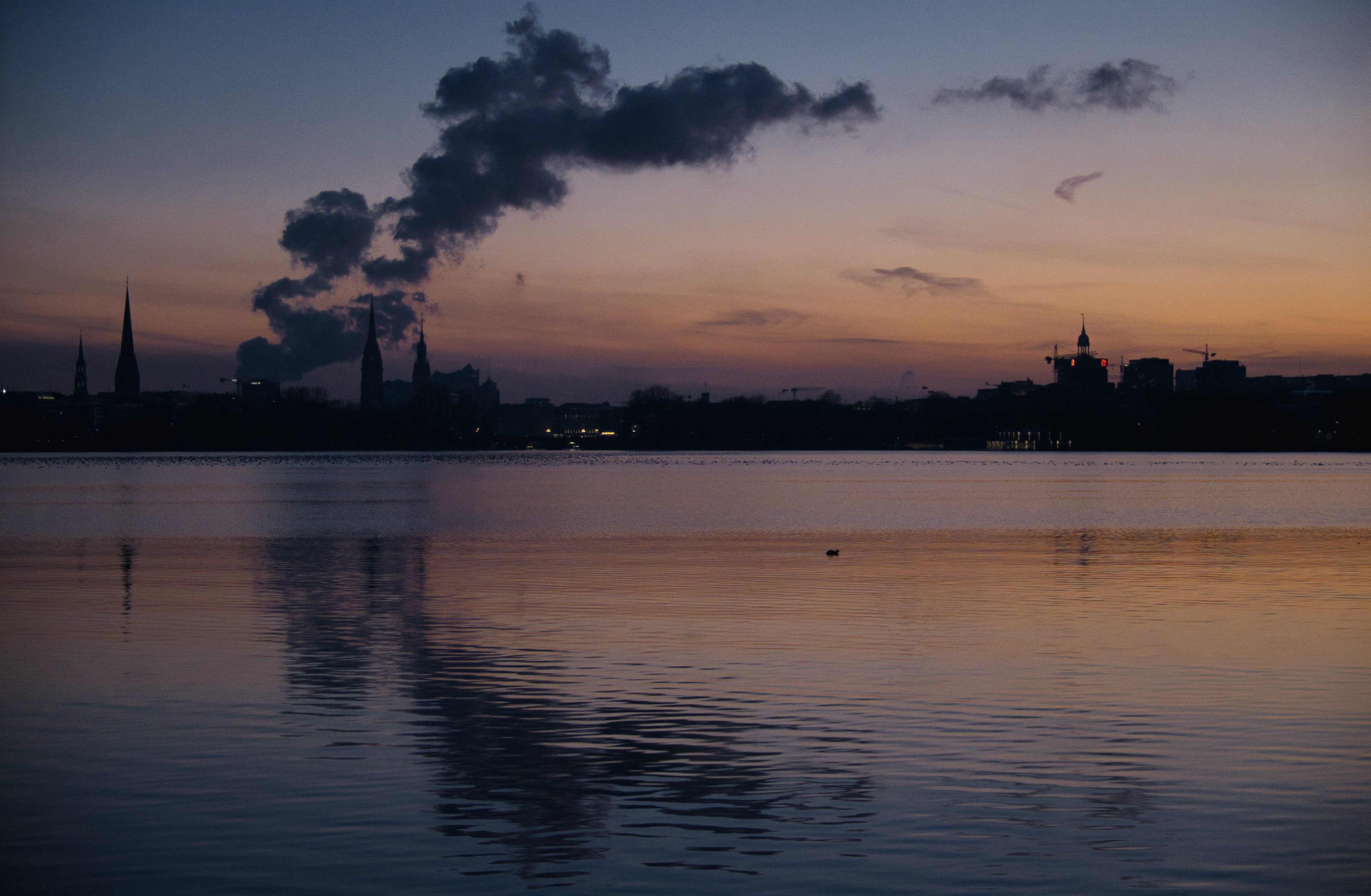
Industrial operations also pose a great threat to the ecosystems in water bodies. Nitrogen, phosphorus, and other heavy chemicals can cause the water body dumped in, to change colour, turbidity or even temperature therefore having a dramatic impact on the ecosystem found there.
These chemicals can also cause algae to bloom out of control leading to dead zones in bodies of water – zones deprived of oxygen where life cannot be supported. It is estimated that there are about 400 dead zones in the world today.
Almost 33% of reef forming corals, sharks, and shark relatives, and 33% of marine mammals are threatened with extinction at present. At least 680 vertebrate species were driven to extinction by human actions since the 16th century, many of these marine species. The list goes on…
And this issue does affect us directly; over 250 million people die yearly due to diseases contracted by drinking dirty water such as cholera and typhus. That is 1 in 32 people (I had to double check that just to be sure). That is a scary figure.
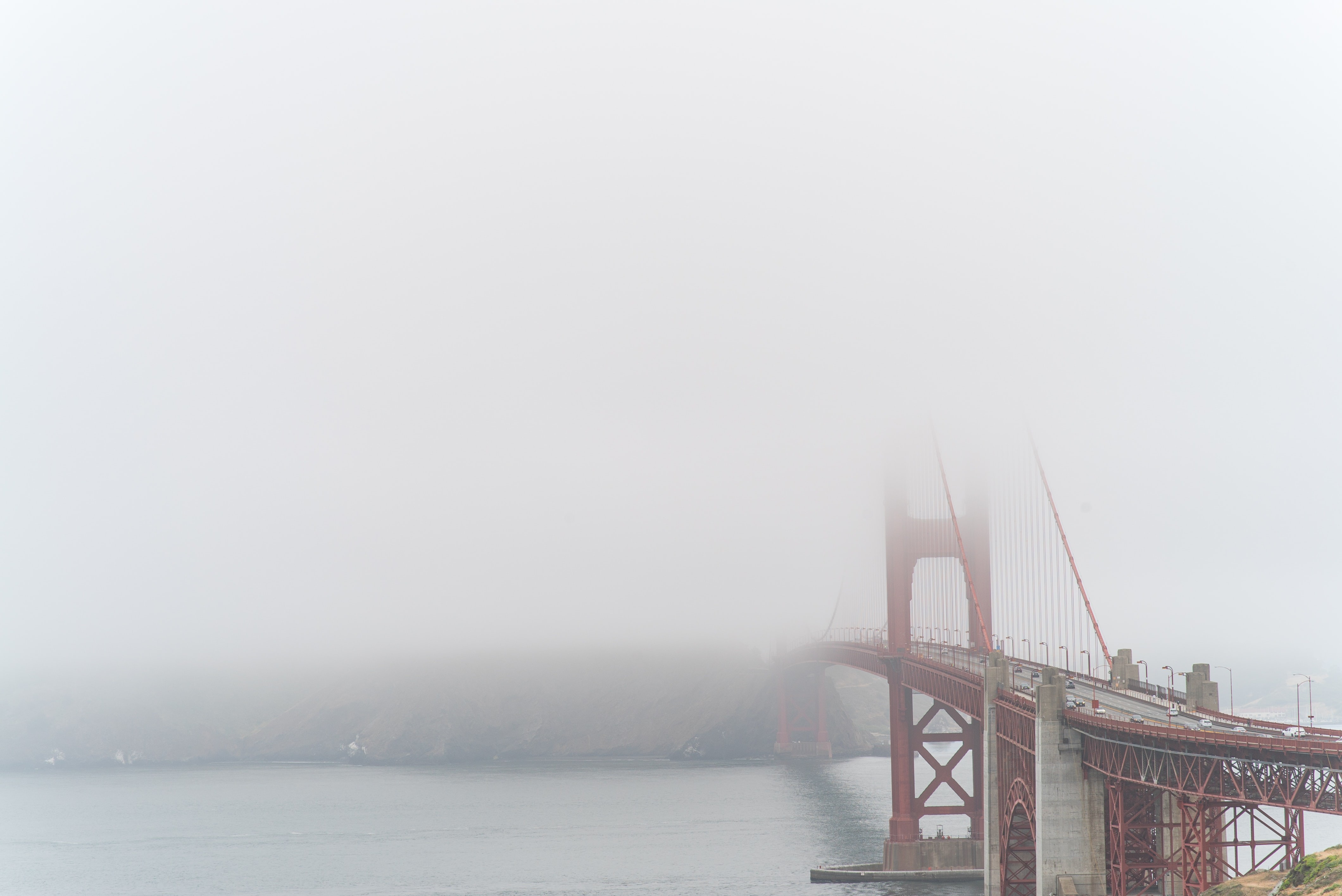
So, what can be done? Well before we get into paper straws and country wide regulations, we need to identify the sources of pollution in streams, lakes and oceans and act on them before they get out of hand.
Water quality monitoring is a relatively new concept. Data collection is done in unstable environments, technologies are often proprietary, and the cost of operation is very high, bringing water quality monitoring out of the reach of even developed countries.
Existing solutions more often than not collect water samples to send to labs for inspection as opposed to collecting the data in the field. This takes longer and incapacitates live tracking of pollution. Modules that do collect data in the field are often large and bulky and lack flexibility, making it a pain to mount them and apply maintenance, on top of this, they often don’t collect sufficient and meaningful data.
But most importantly, they lack IoT connectivity. Devices that do send data to a central location often use proprietary technologies such as XBee and other radio communication methods which do not directly...
Read more » Andrei Florian
Andrei Florian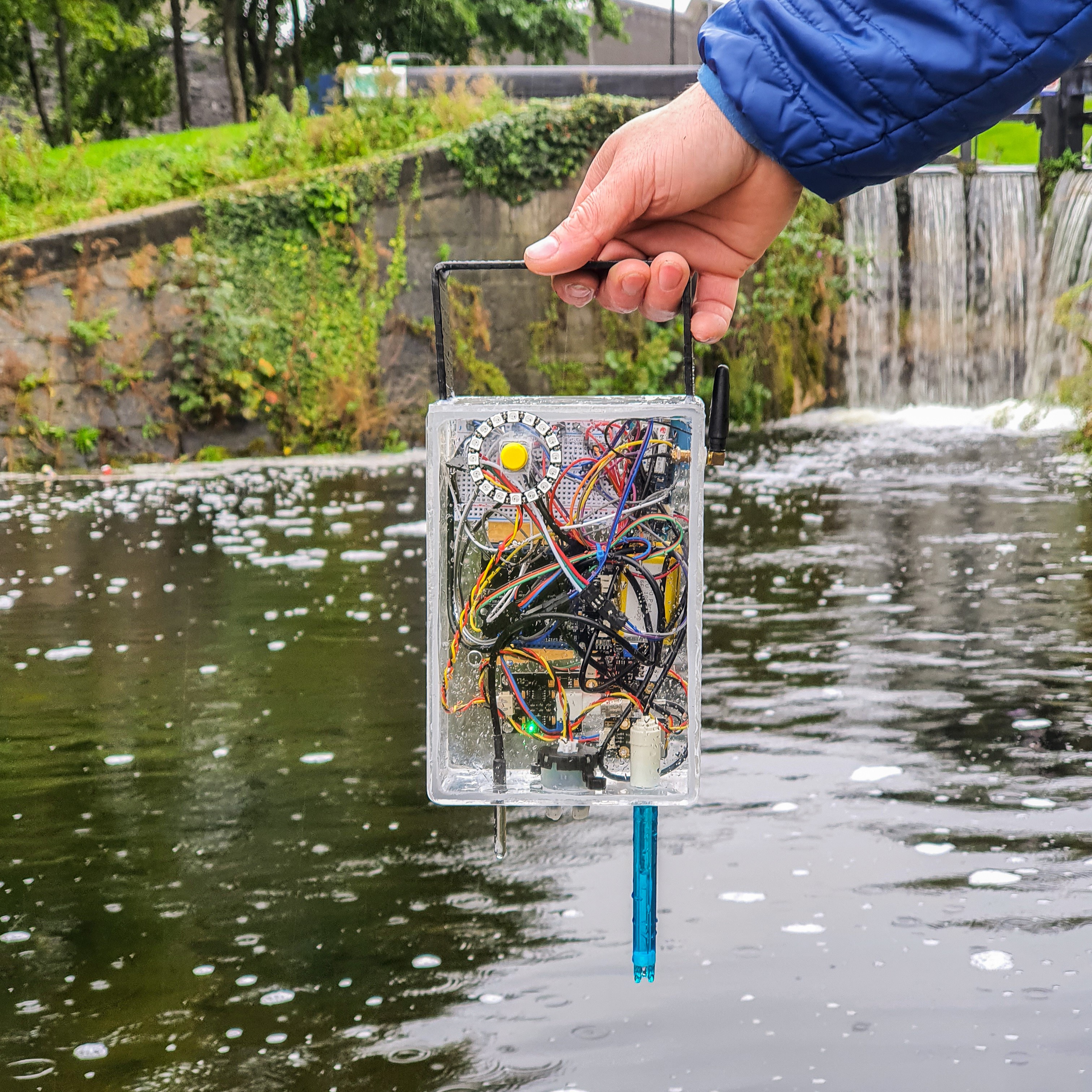

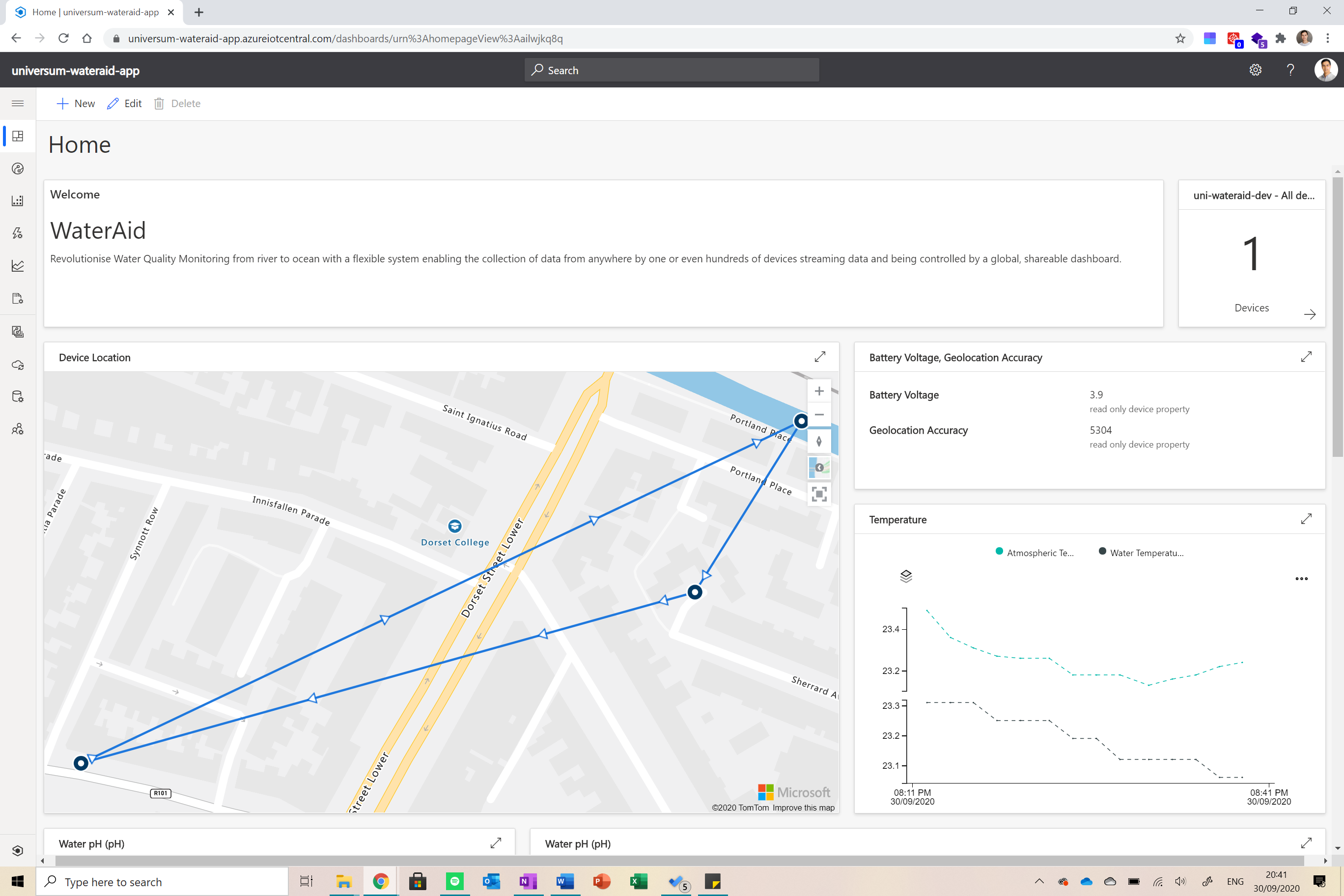
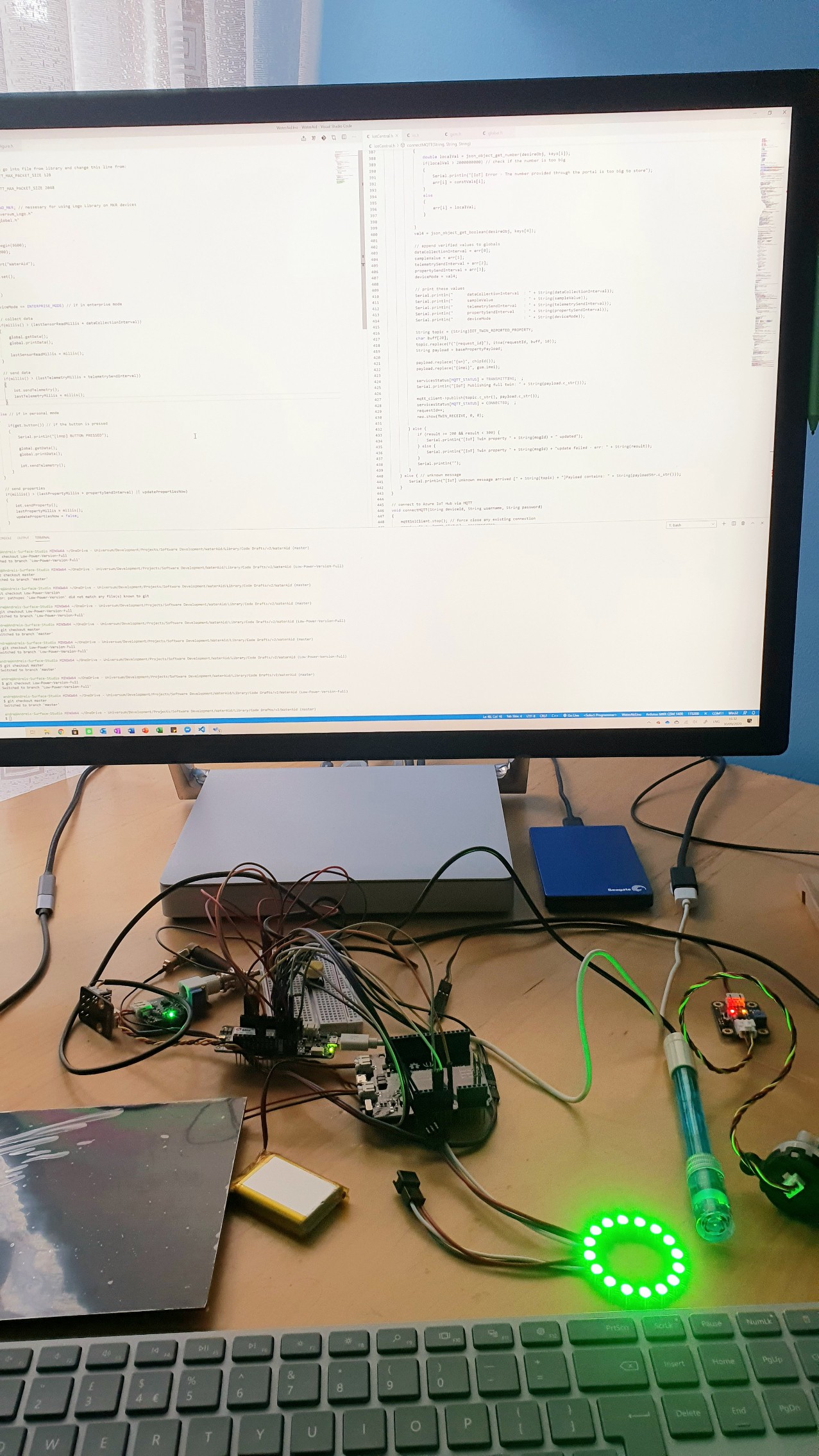
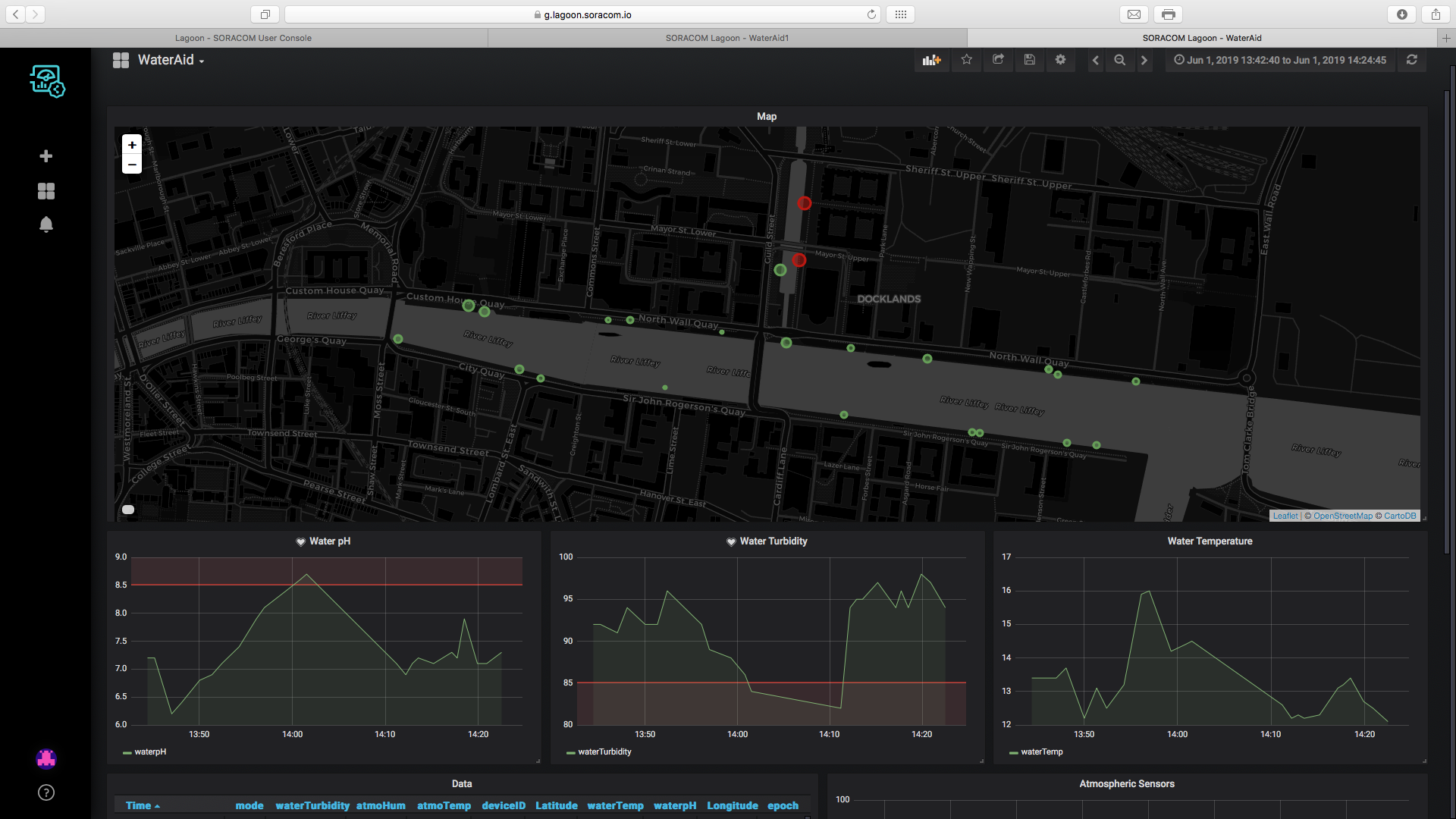
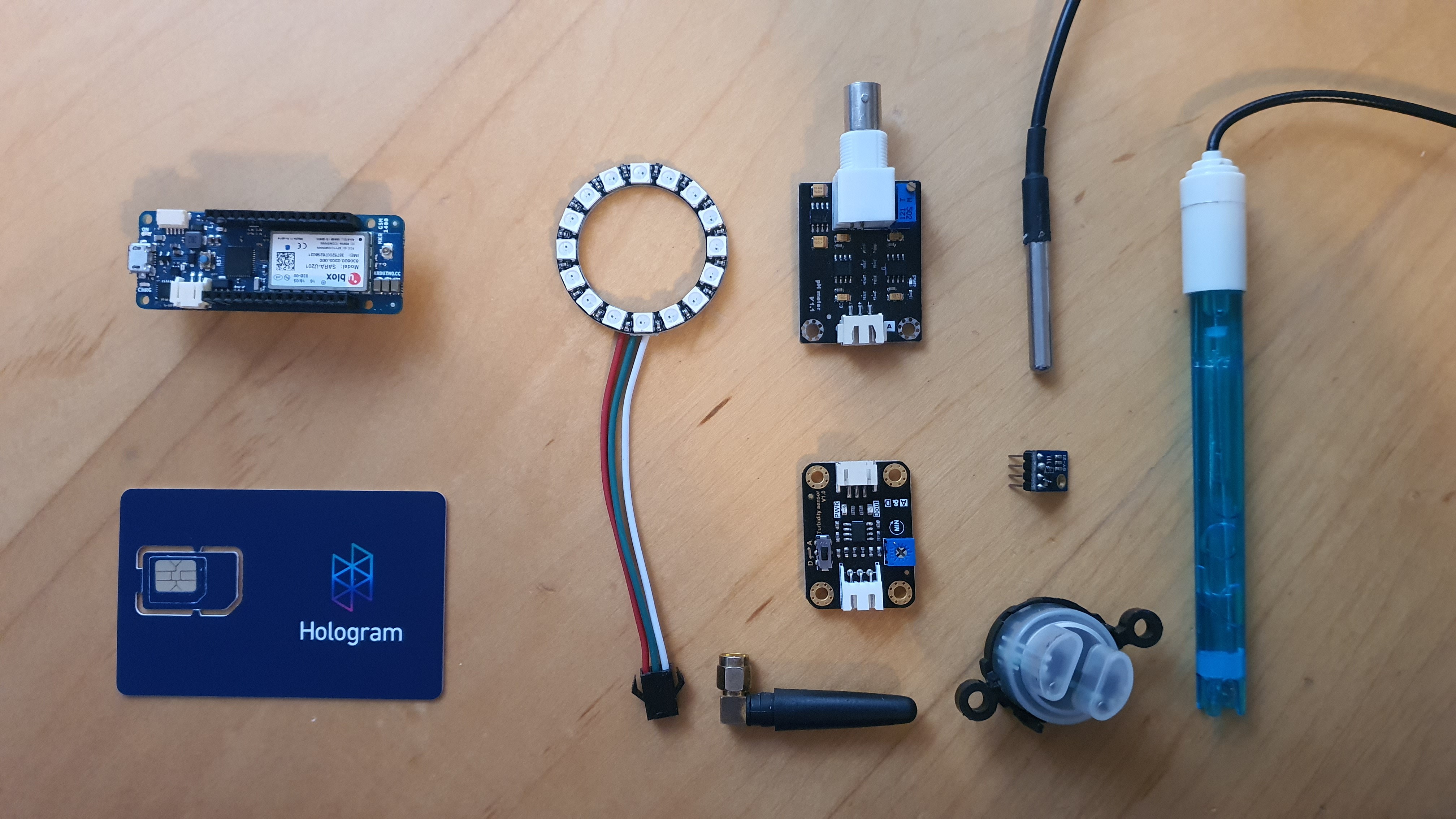
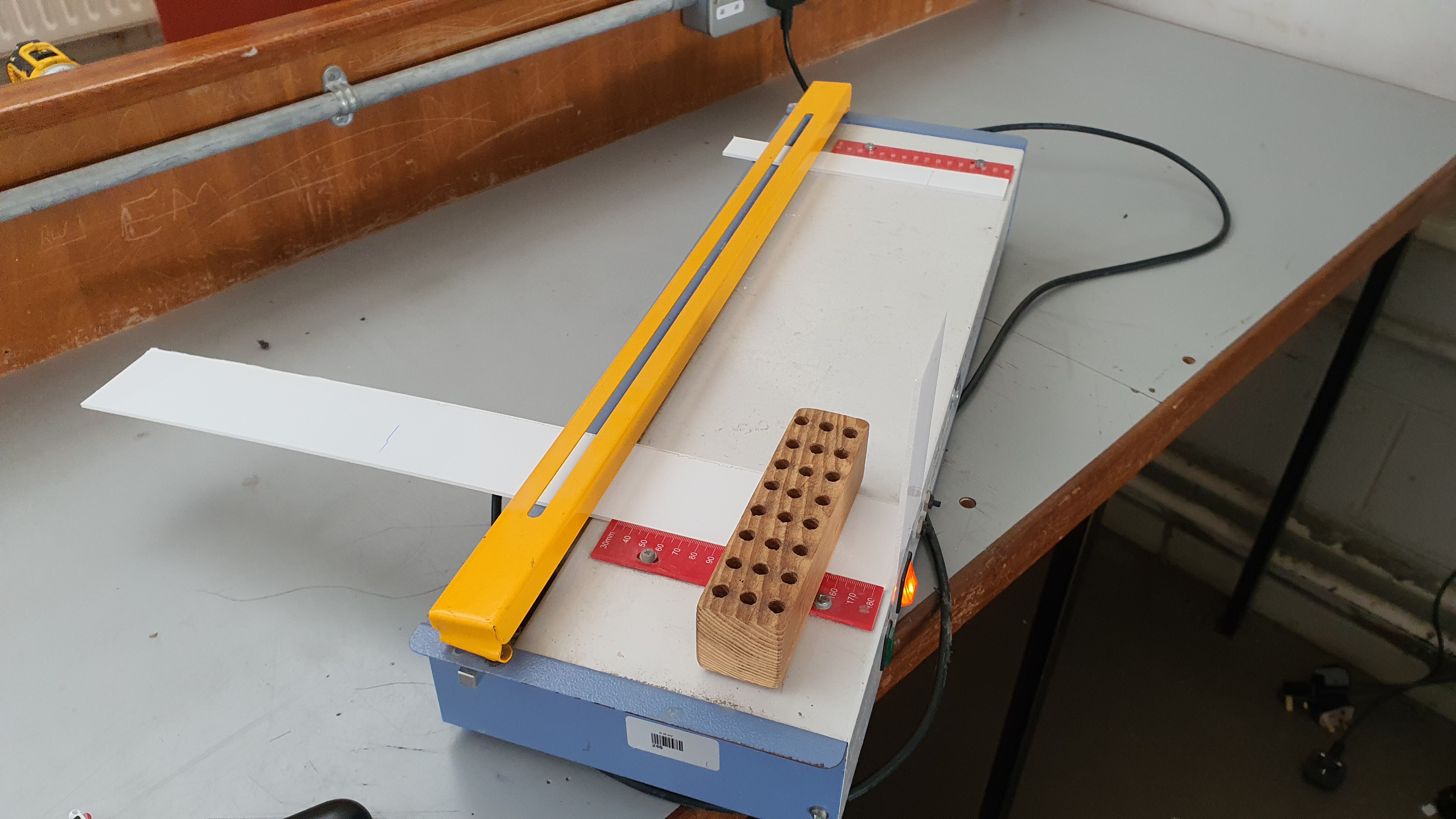

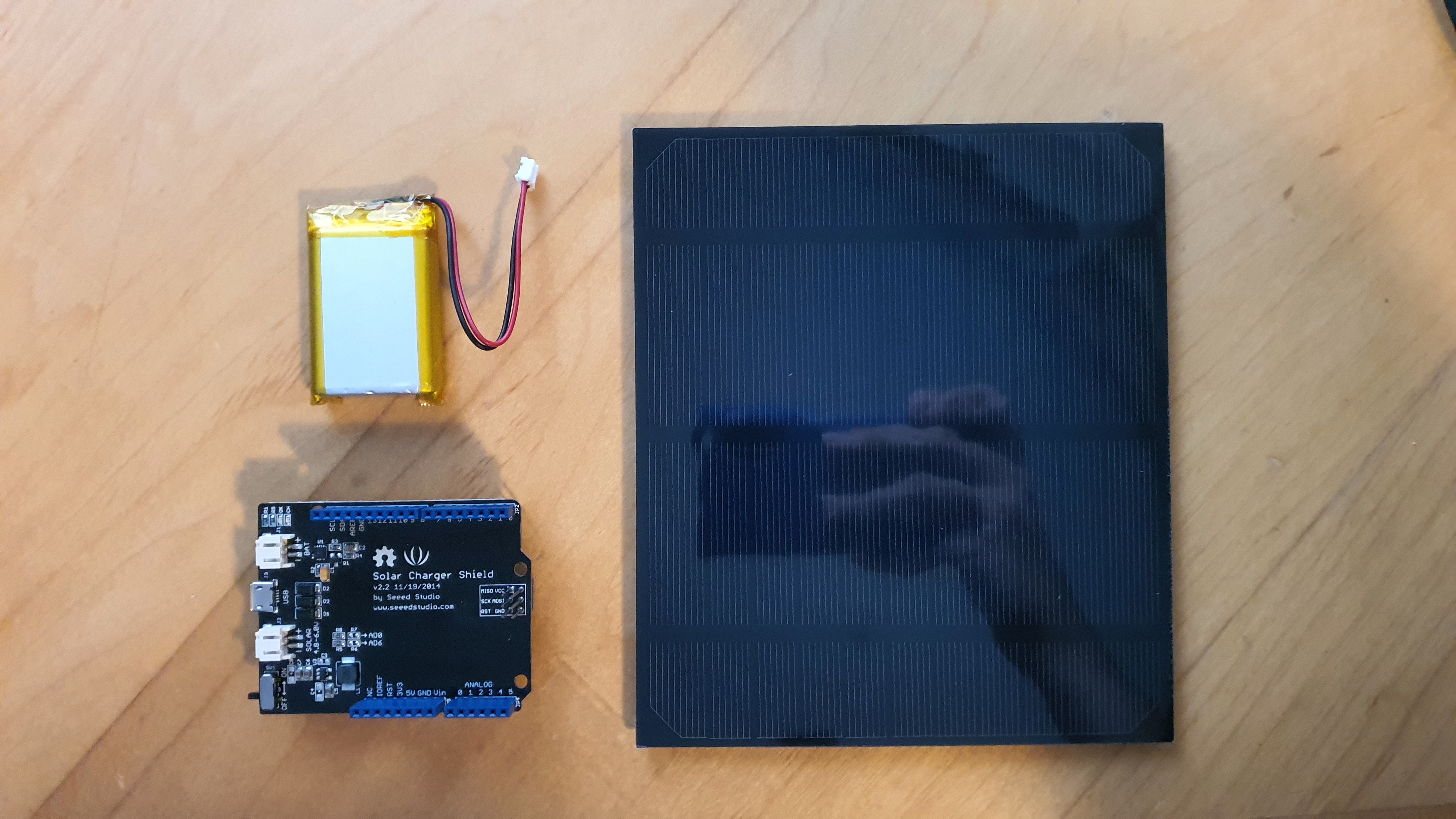


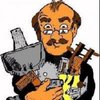


 Dylan Sri
Dylan Sri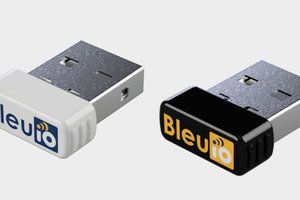
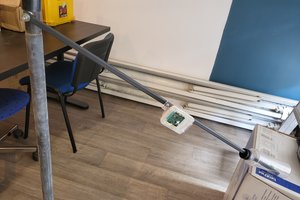
 Brian Wyld
Brian Wyld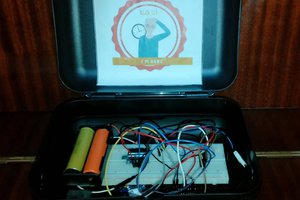
 Yassin Ali Salah Ali
Yassin Ali Salah Ali
Hi Andrei,
Congrats for the idea and your prototype !
However I would know, how is your project different from the existing devices such as these from Libelium ? (https://www.libelium.com/iot-products/plug-sense/)